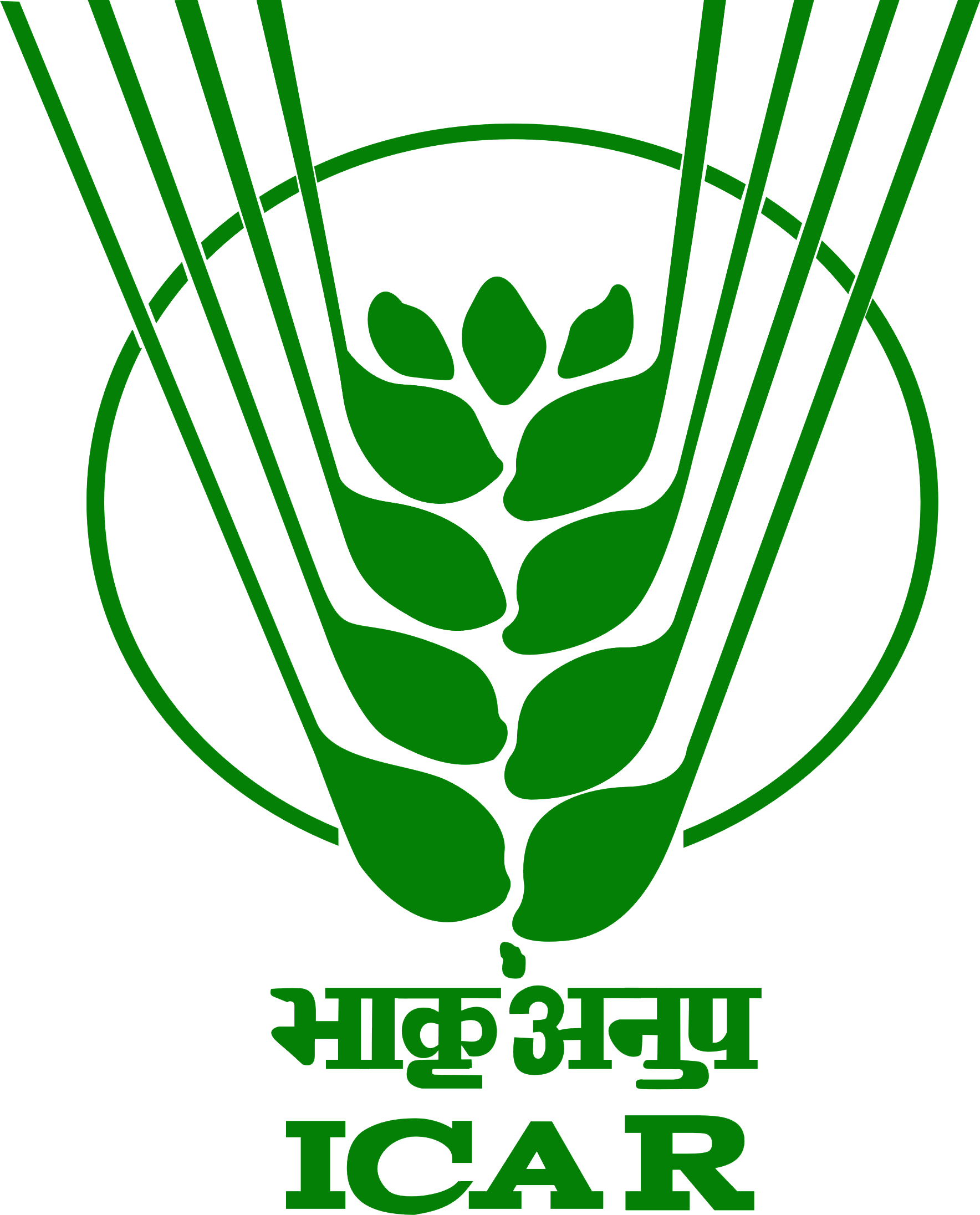

All India Coordinated Research Project on Goat Improvement


|
Select Language
|
 |

|
All India Coordinated Research Project on Goat Improvement
|

|

|